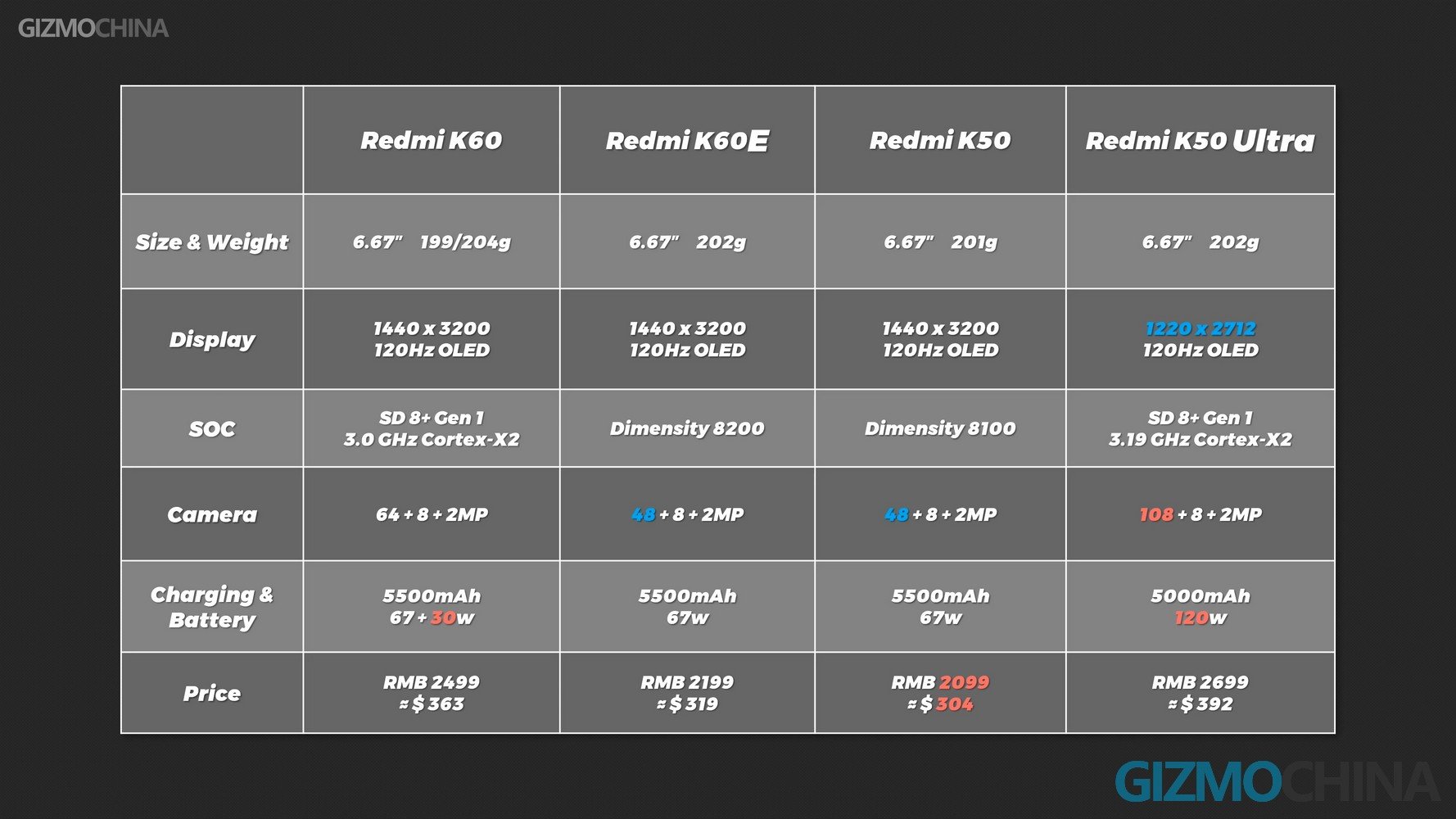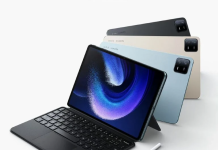Since Xiaomi’s flagship phones have become more and more expensive, Redmi has taken on the mission of being the “Flagship Killer”. Their K series, in particular, is even more worthy than Xiaomi’s flagship series. And this year’s K60 looks really appealing. Come on, let’s see how much impact this $360 phone can really bring to the cell phone market in 2023.
Design
K60 is not much outstanding in design and looks rather ordinary. That’s why we purposely bought this blue vegan leather version. The vegan leather back panel has a stitched texture that looks a bit like the Vivo X Note. The vegan leather material really makes the budget phone look like a flagship, also lighter.
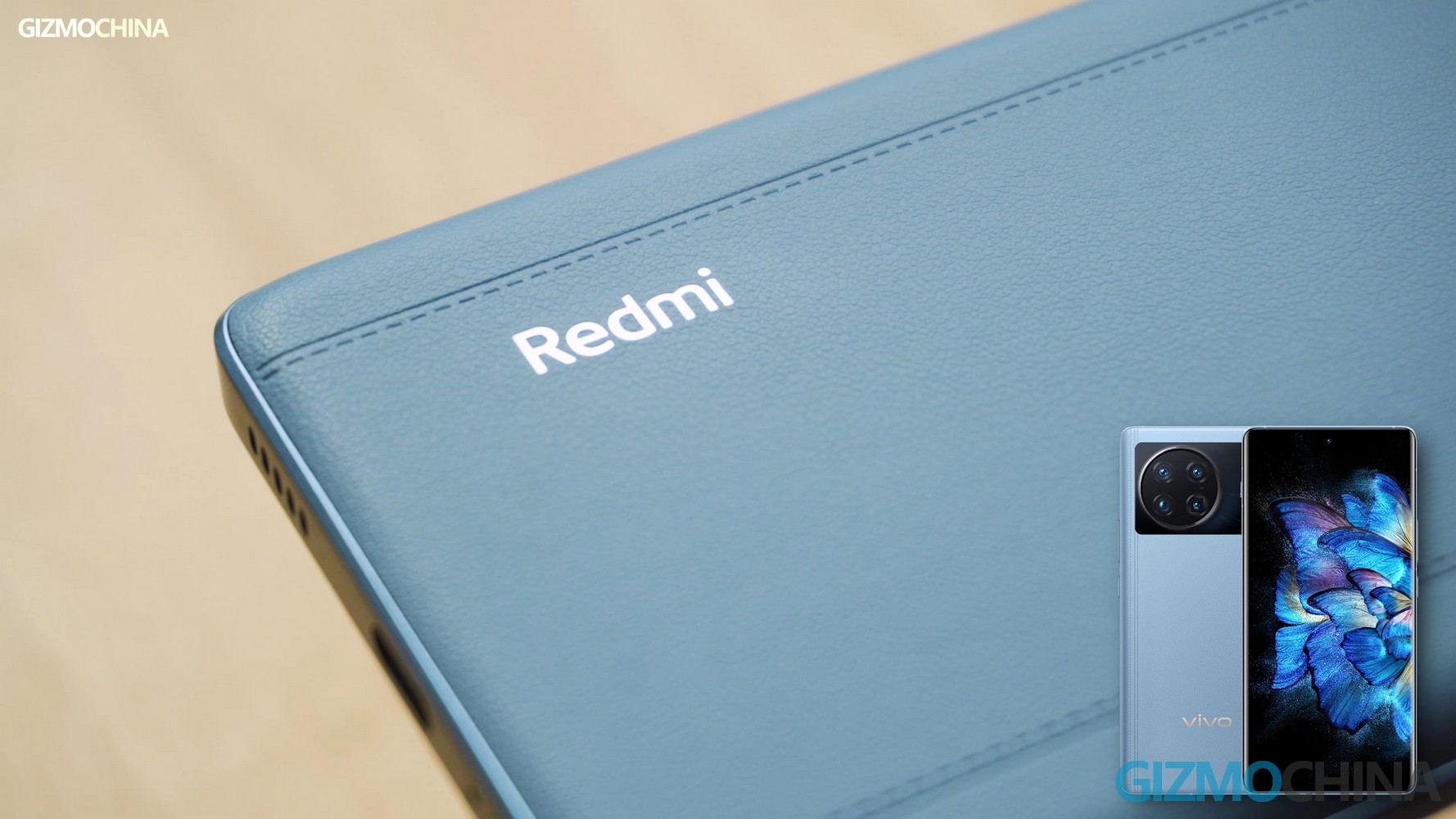
But it’s really confusing that this vegan leather is only available in the standard version, but not in the more expensive Pro version. From the top frame, there are IR emitters and dual speakers, but no headphone jack. The speakers are relatively loud and the volume is consistent from left to right. Even without the Harman Kardon tuning, I think it’s still great. The sound quality you can hear for yourself in the video.

Display
If I’m right, you bought the K60 for the screen, right? Indeed, this screen, like the K50, is unbeatable in its price range. And you can only get to know how good the super high resolution and straight screen are by getting it in your hand. Look at these specs, I couldn’t believe it till right now.

The difference with the K50 is that the manufacturer of the screen this time is China Star Optoelectronics Technology, not Samsung. The advantage is that the peak brightness is higher, and there is no side view color shift problem like Samsung E5 or E6 panels. The higher frequency PWM dimming also means less eye irritation. The downside is that the peak brightness is not as good as the latest Samsung E6 panel, and the screen protection glass on this K60 is no longer Corning Victus. So all in all, the K50 and K60 screens are about the same level.

Benchmark & Gaming
This time the K60 Standard Edition is no longer MediaTek’s mid-range chip, but Snapdragon’s previous generation flagship chip, Snapdragon 8+ Gen 1. I’ve laid out all its Benchmark scores, and you can see that except for Antutu, all other scores are a little lower for the K60. Sadly, this is not an error. According to the official website, the K60’s largest core frequency is a bit lower than even last year’s 8+ Gen 1 phones. Yes, that’s the reason for its low score, you can think of the K60 as having an 8+ Gen 1 Lite processor instead of the regular 8+ Gen 1.
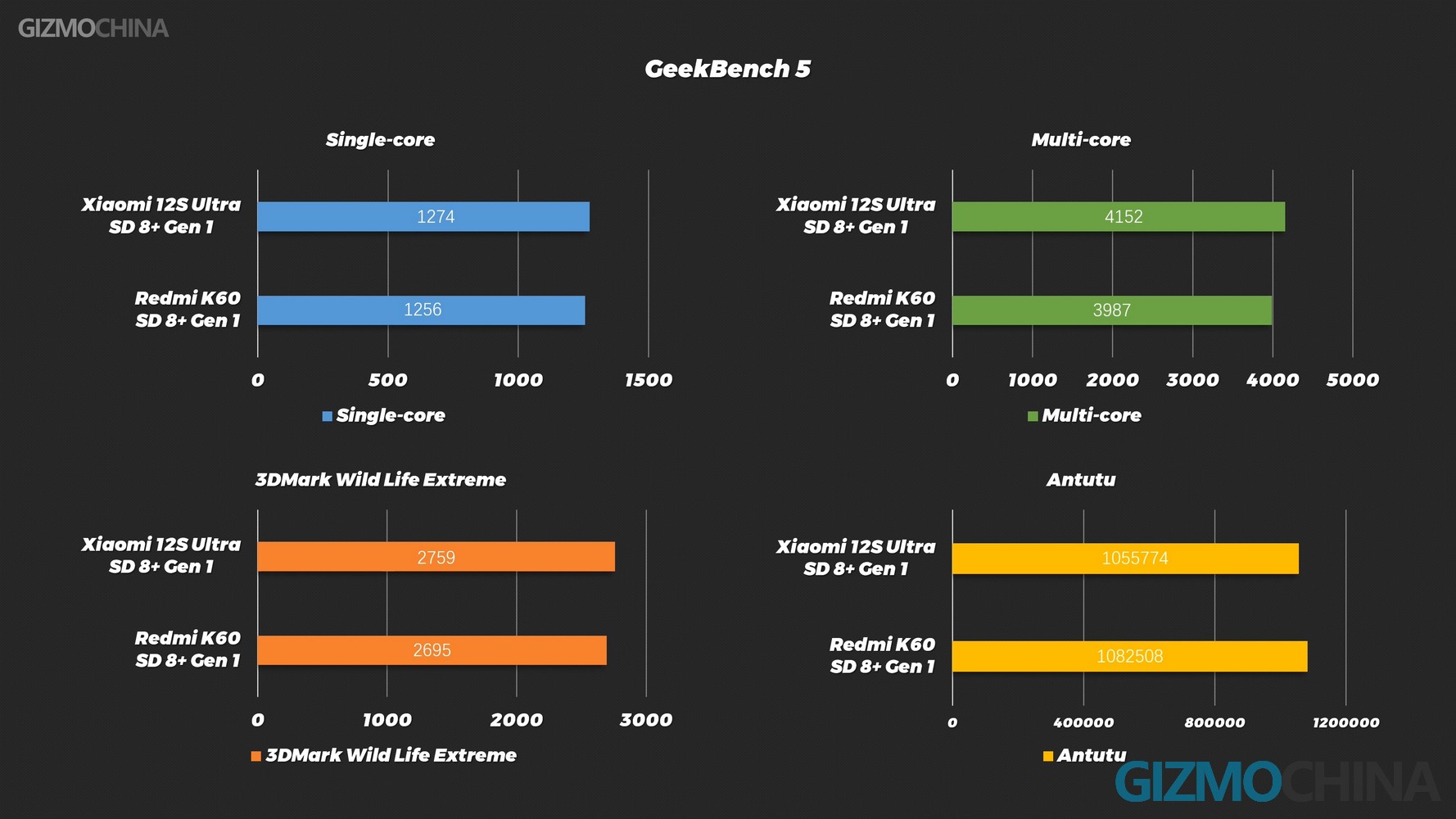
But don’t be too sad, the good news is that the gaming performance is still strong. From the test results, the Genshin Impact performs in line with the normal 8+ Gen 1 phone performance. And because of that extra-large VC heat sink inside the K60, not only does it not overheat in games but so does in the CPU Throttling test, which is even more stable than the Xiaomi 12S Ultra. In other words, the K60’s 8+ Gen 1 looks different from other phones, but it works the same. So don’t get too hung up on the processor frequency issue, it’s still a good gaming phone.

Camera
Although Redmi says that the K60 series has an upgraded camera system this time, they are talking about the Pro version and the standard version still performs average. Let me quickly summarize its camera performance with you. The colors are rich and have high contrast in most scenes. Clarity is also good, and it doesn’t blur even when zoomed in 2x when there’s enough light. The dynamic range of both lenses will be substantially improved after the night mode is on. But with the ultra-wide angle camera at night the clarity is significantly reduced, like other budget phones.
All in all, the main camera can handle most scenes, the ultra-wide angle camera is only recommended for use during the day.

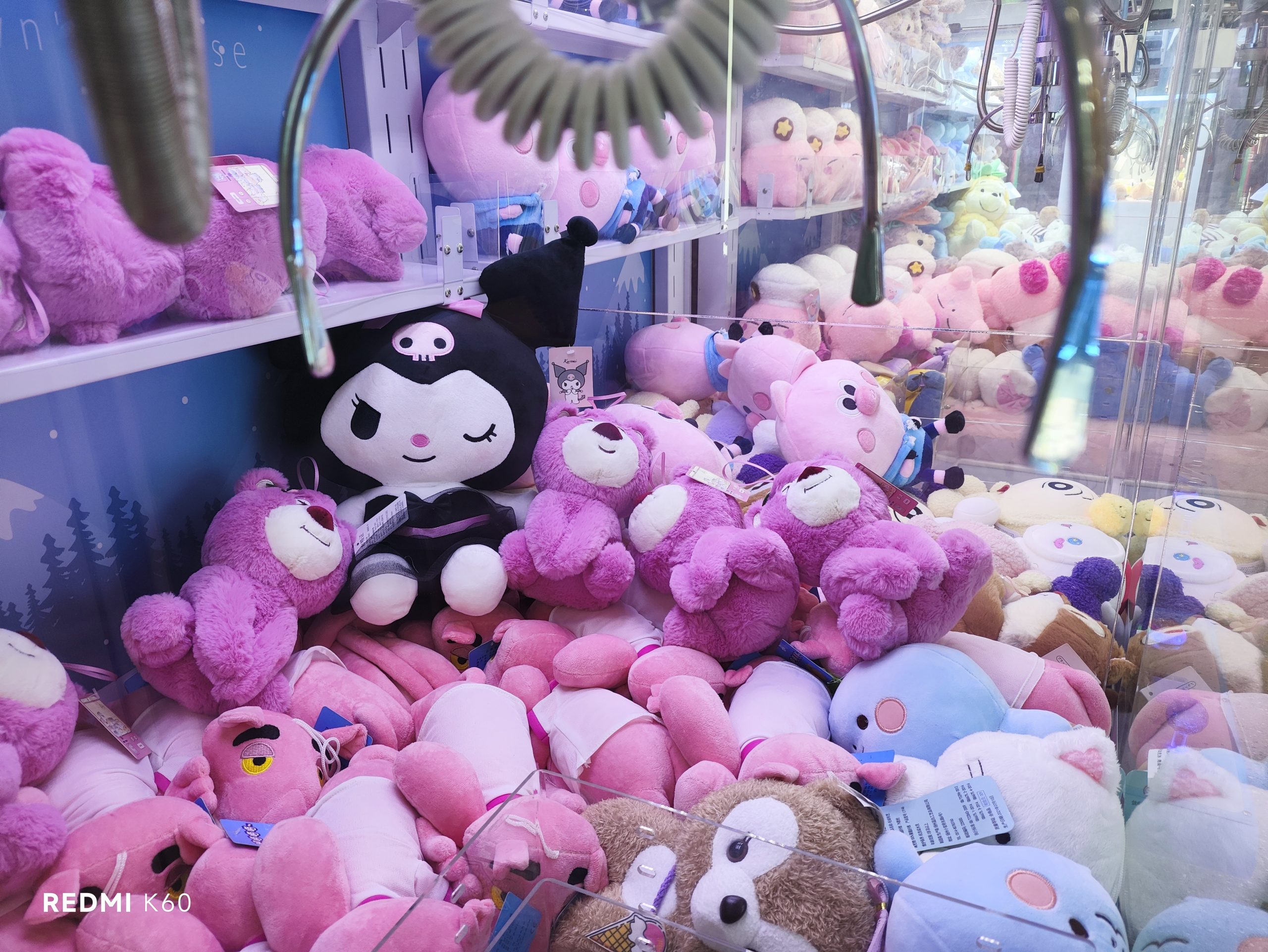

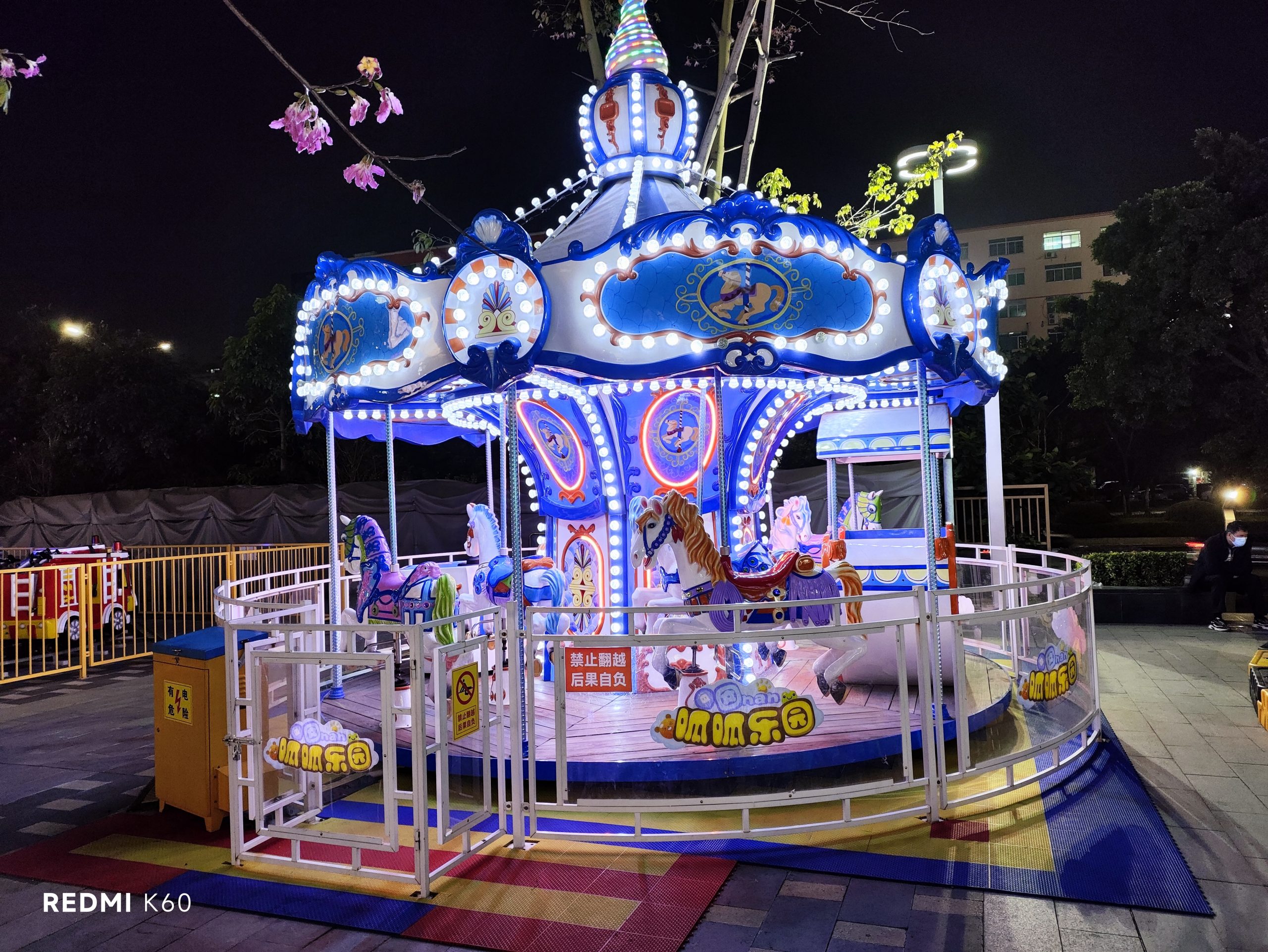

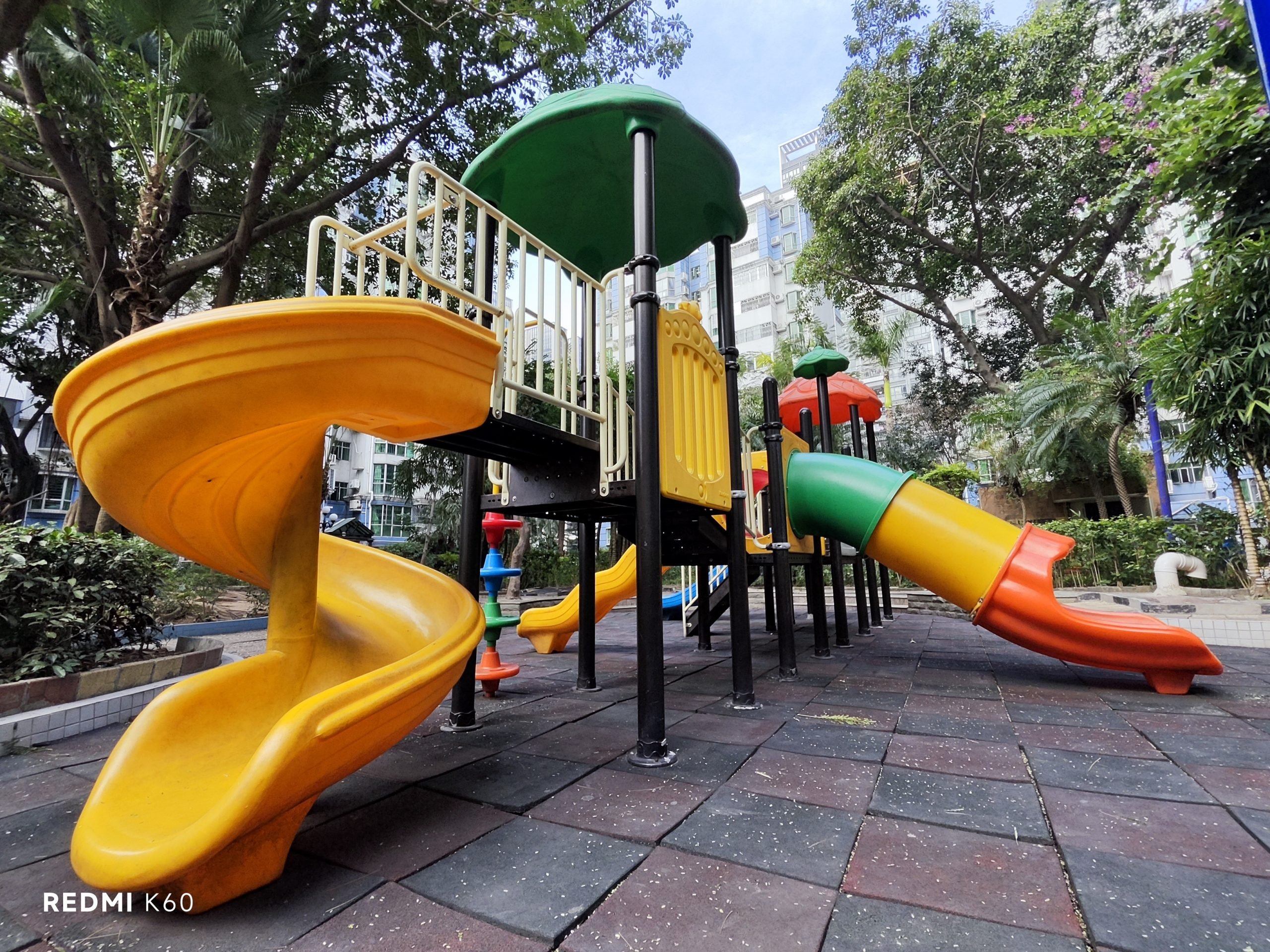
The rear camera still supports 8K 24fps for the main camera and 1080P 30fps for the ultra-wide camera. the main camera image quality is not bad, stable and clear, but the ultra-wide image quality really makes me not want to use it to record video twice. The front camera is interesting, supporting up to 1080P 60fps. Much better than the Xiaomi 13.
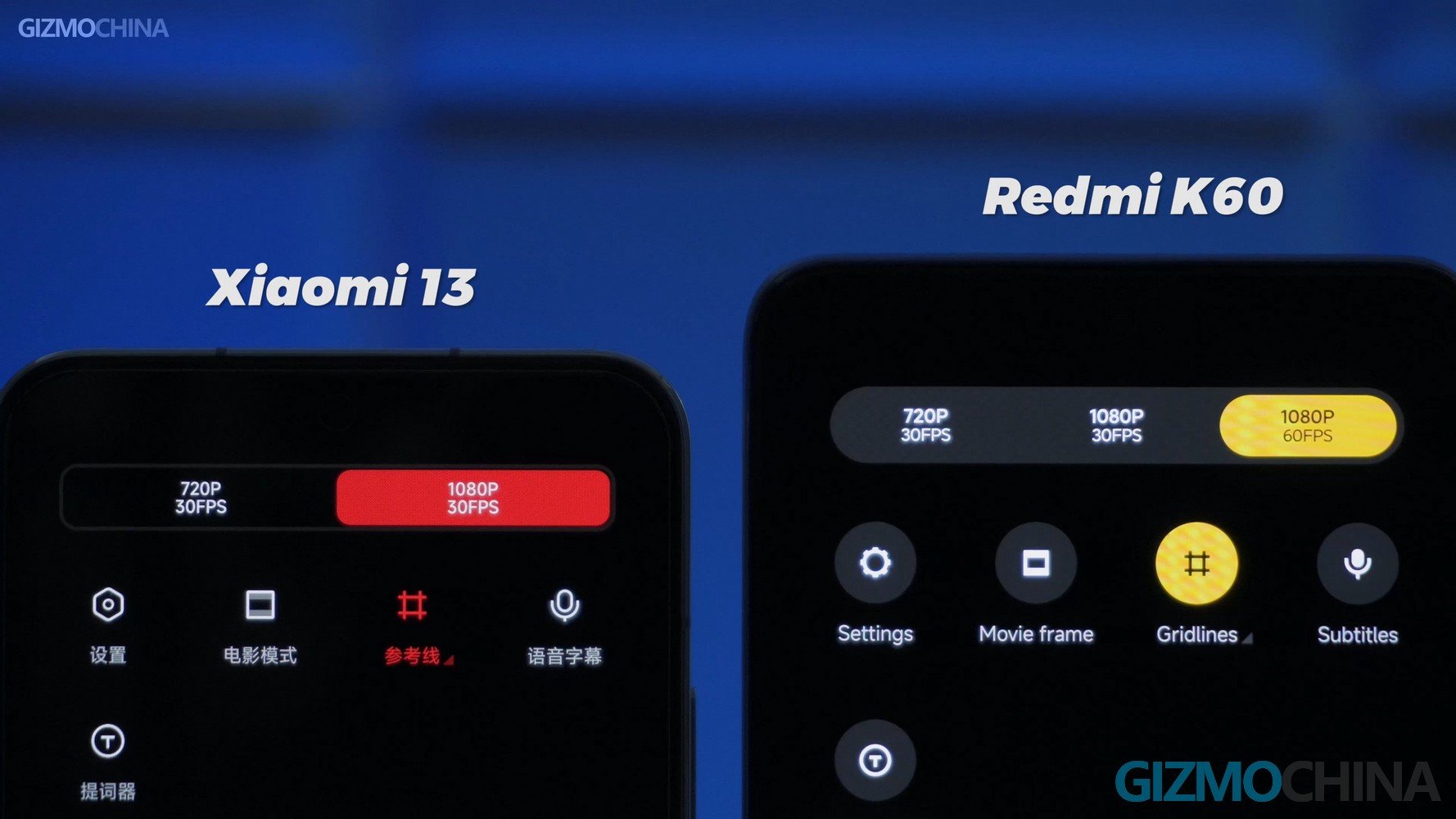
Battery & Charging
The battery capacity and charging power is the same as last year’s K50, both 67w and 5500mAh. Although the charging power is the same as the Xiaomi 13, the larger battery makes it take longer to fully charge.
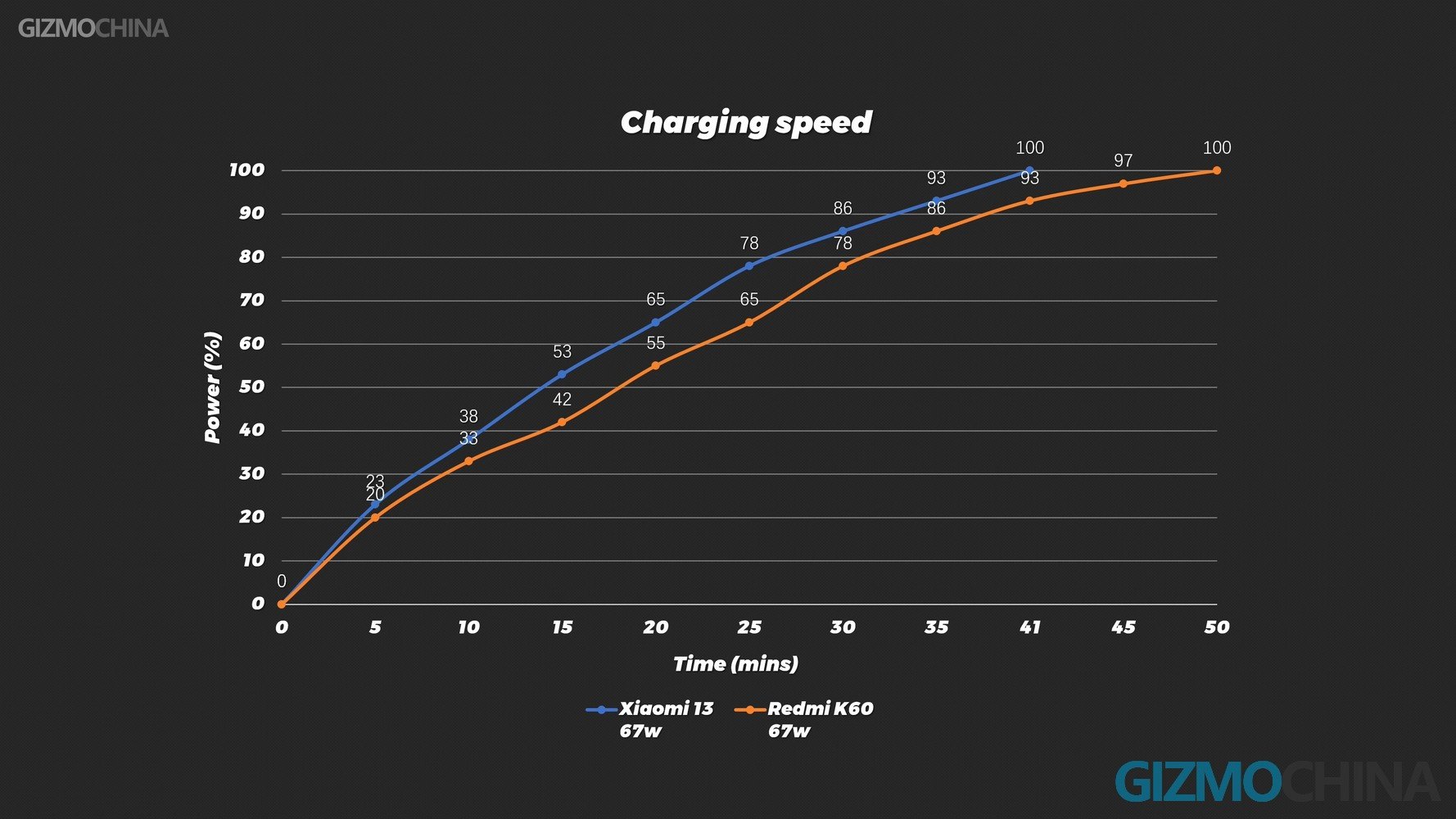
But the big battery has its advantages. When compared to the 12S Ultra, which also uses 8+ Gen 1, the benefits of a larger battery are obvious. If you adjust the resolution to FHD+ and down the refresh rate, you get a high-performance phone that can be used for two days without charging.
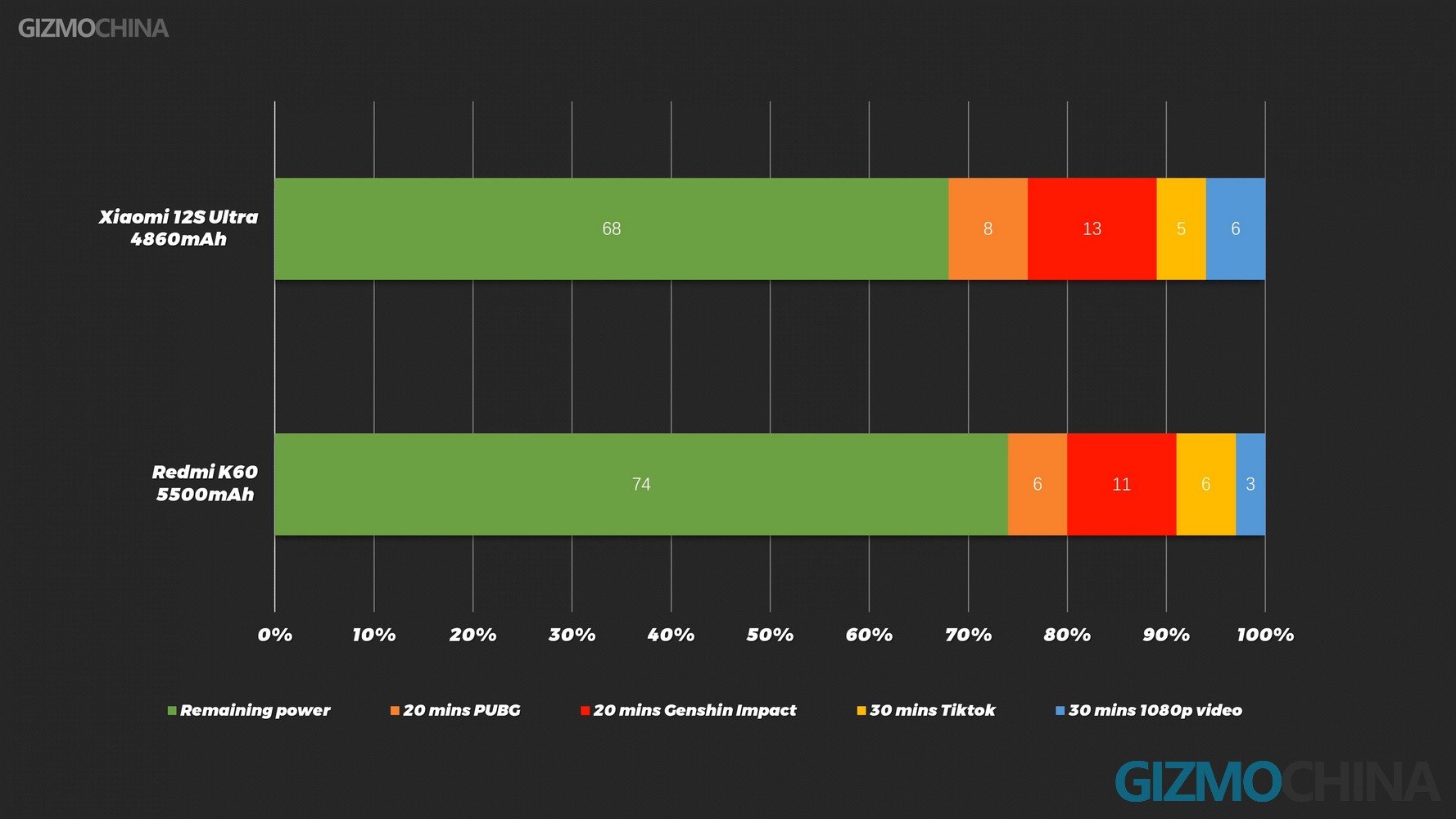
Since there are more new phones released recently and I took some time off because of COVID, we didn’t have time to do K60E’s Full review. Here is a table that compares in detail the differences between it and other K series phones. In fact, considering that the price difference between K60E and K60 is not much, and Dimensity 8200 is not much improved compared to 8100, I would recommend other K series phones. And this K60, with its low enough price, I believe it will be the best-selling model in the Redmi family for a long time.
